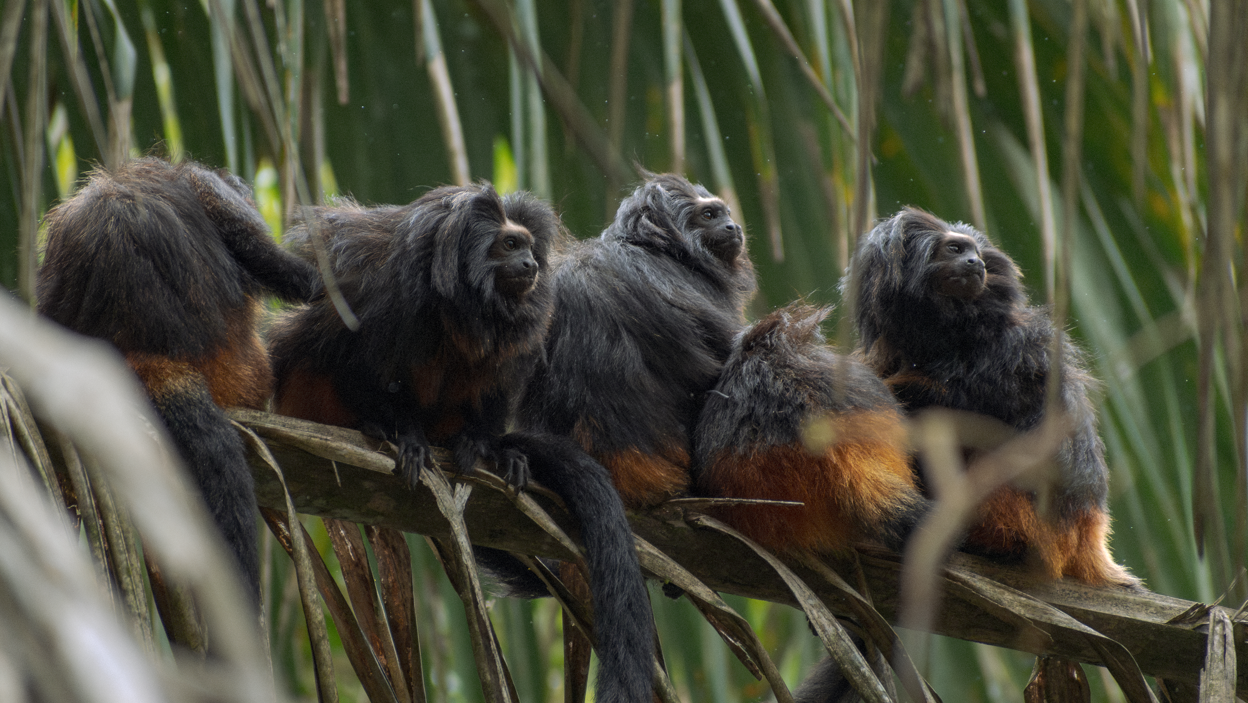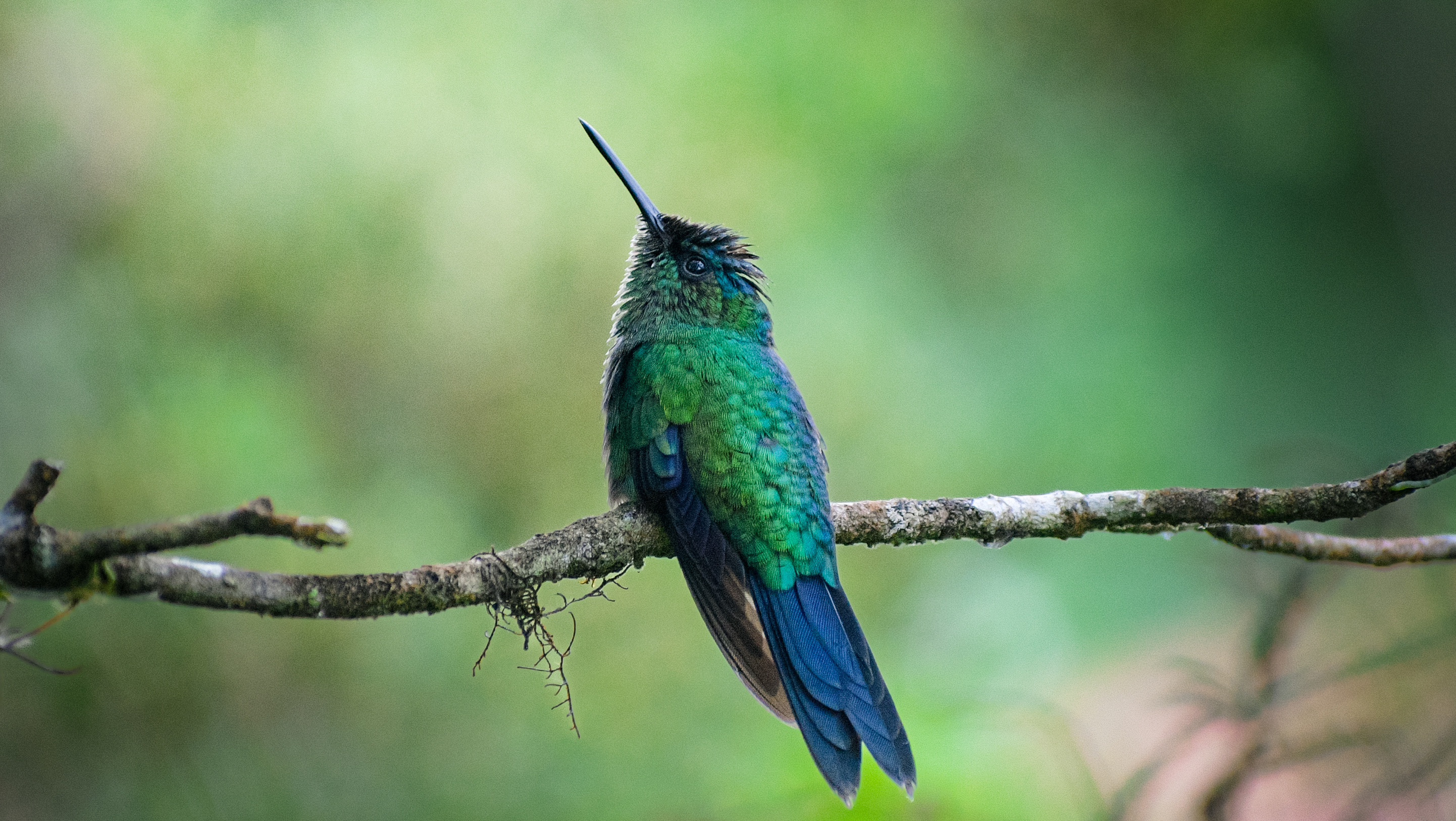Tufted Capuchin resting on a tree branch.
"Behind a Primate" is a project that explores the world of primatology through audiovisual art, using photography and video to connect two dimensions: that of the primatologists and that of the primates themselves.
This project is the result of six months of work, during which Lucas accompanied primatologists in their field research with various species of primates in the Brazilian Atlantic Forest. Its aim is to bring the public closer to these animals, allowing them to marvel at their behaviors and characteristics that would otherwise go unnoticed.
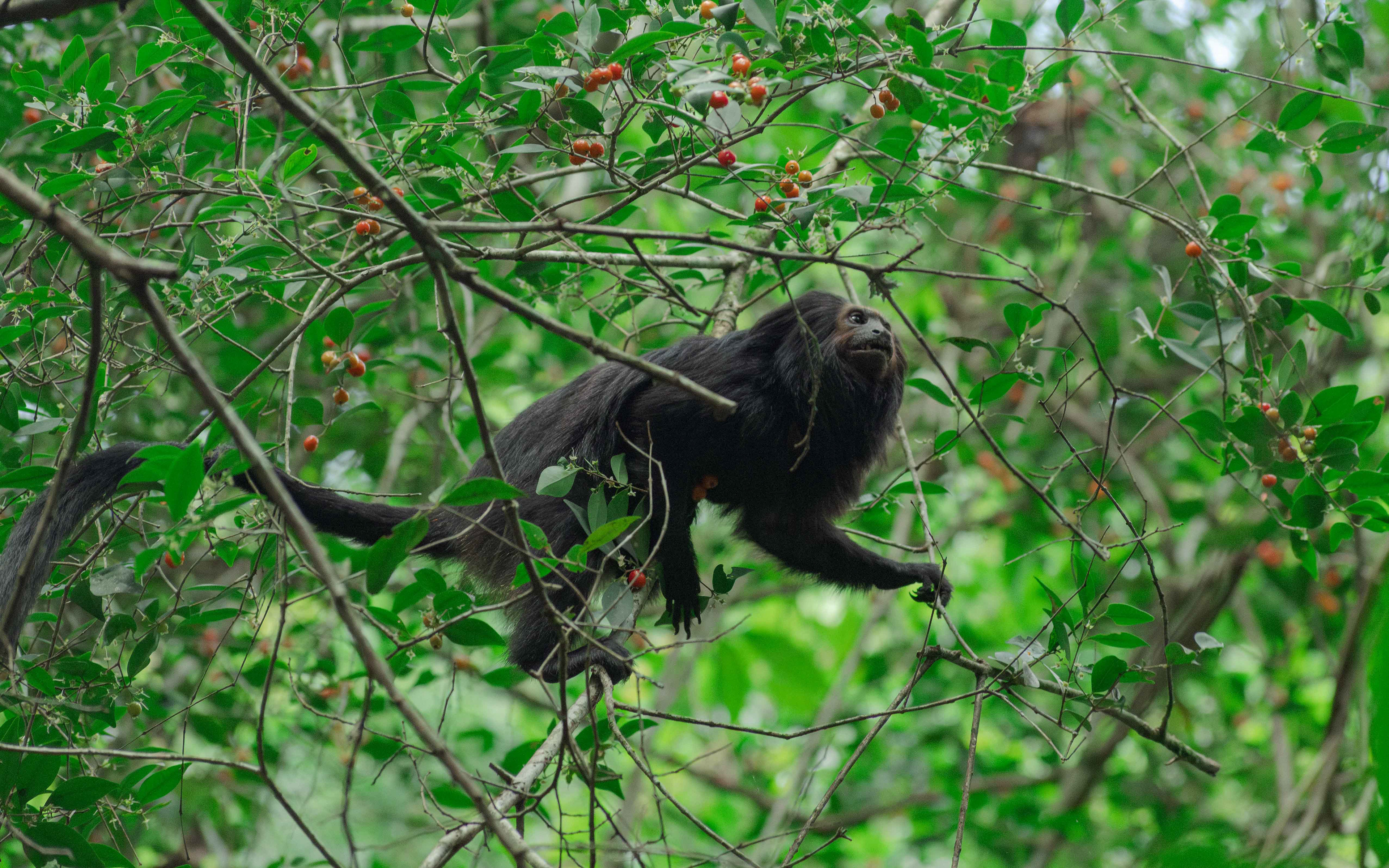
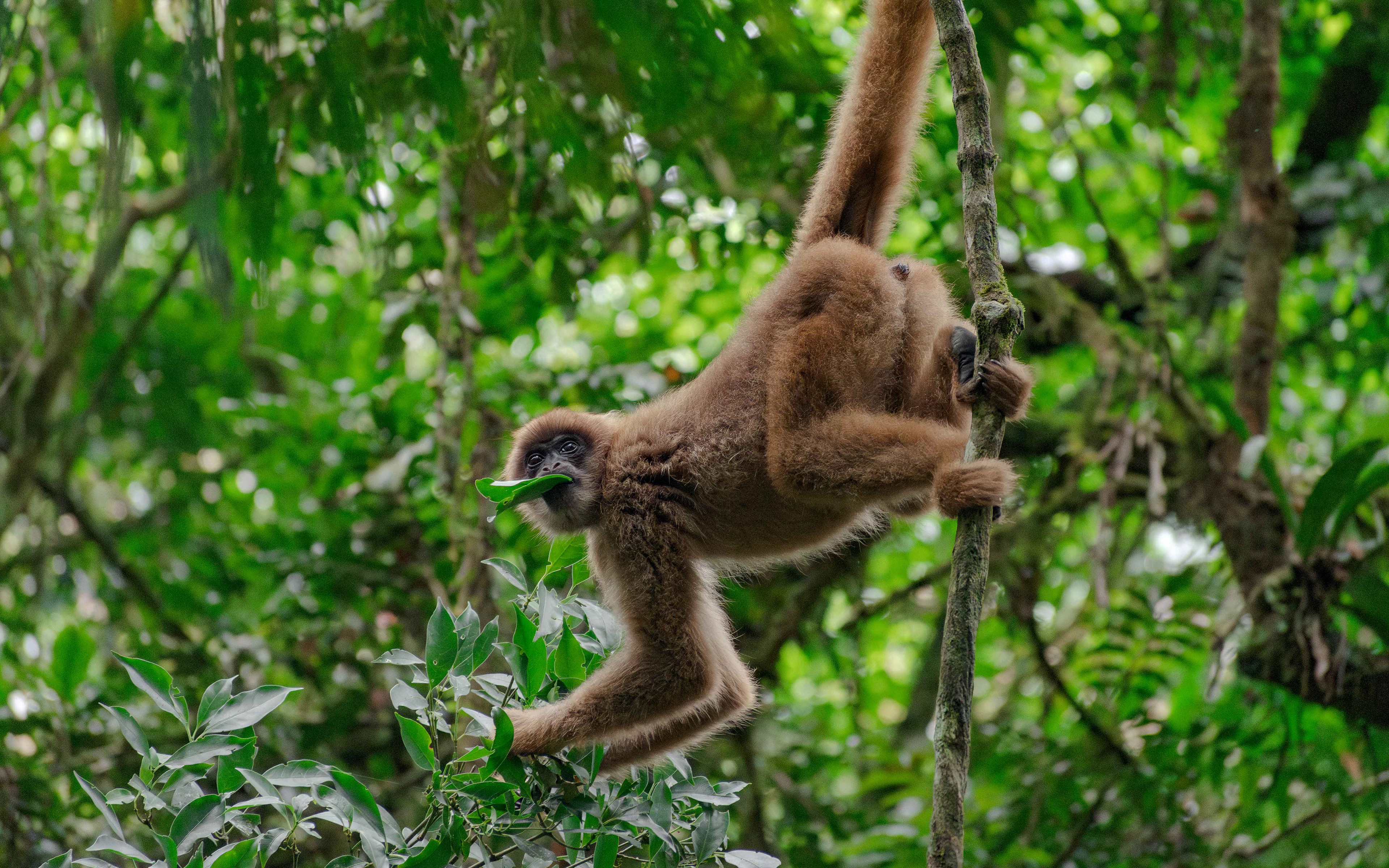
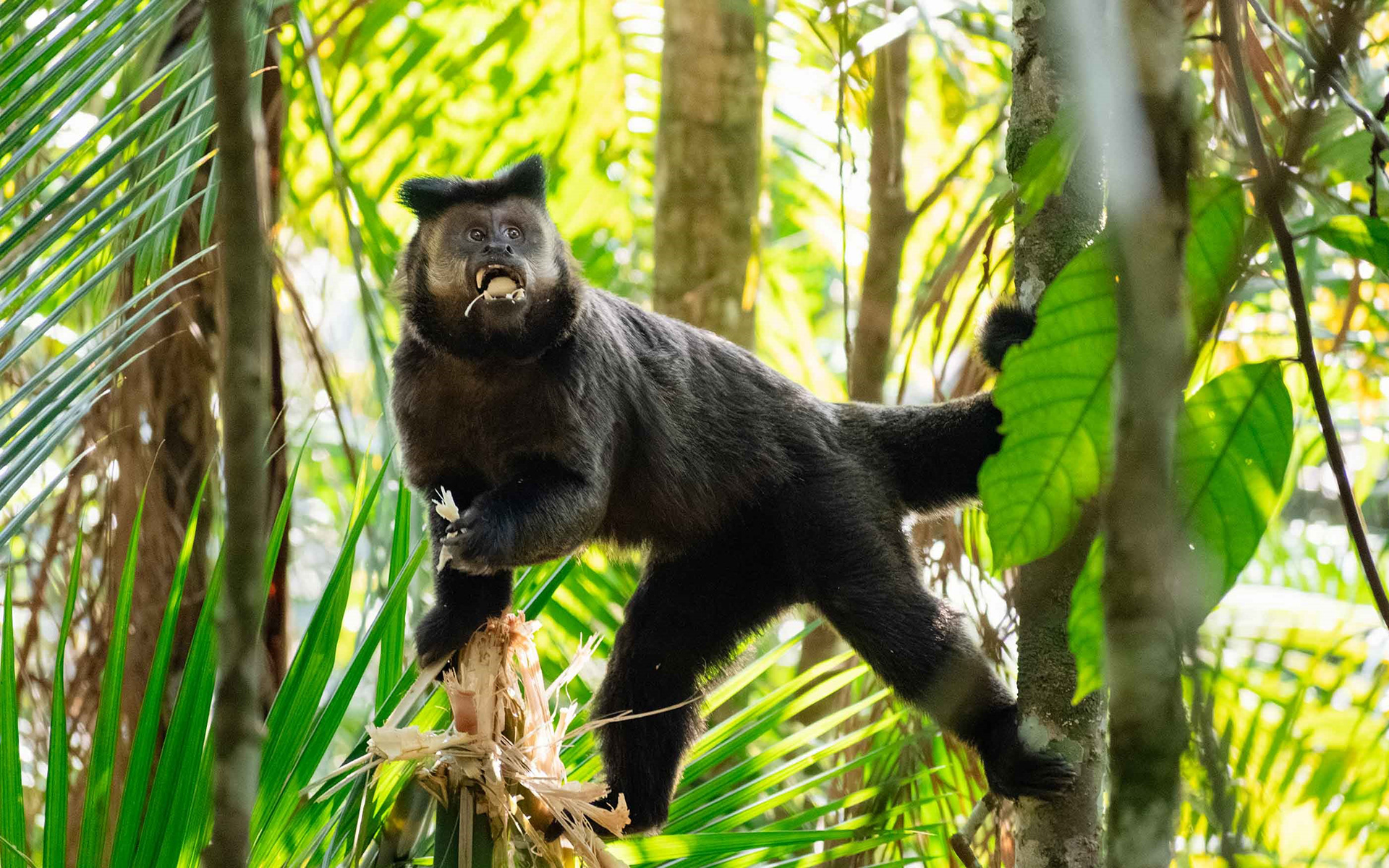

From left to right, top to bottom: 1) Black Lion Tamarin, 2) Southern Muriqui, 3) Tufted Capuchin, 4) Red Howler Monkey.
For the first version of Behind a Primate, the work of the primatologists from LaP (Laboratory of Primatology) at UNESP (São Paulo State University) was documented, focusing on the life of four species of primates: Black Lion Tamarin (Leontopithecus chrysopygus), Tufted Capuchin (Sapajus cucullatus), Red Howler Monkey (Alouatta guariba), Southern Muriqui (Brachyteles arachnoides).
The recordings were made in the Brazilian Atlantic Forest, specifically in the Carlos Botelho State Park and in forest fragments located in the municipalities of Burí and Guareí in the state of São Paulo.
Lucas on top of a Copaiba tree. Photo: Olivier Kaisin
The development of the project required between one and two weeks of work per month, with daily shifts of 10 to 12 hours to follow the complete routine of the primates in their habitat. It was a demanding task that involved long walks through uneven terrain and dealing with extreme weather conditions: days of intense heat, cold, rain, and tropical storms. In addition, suitable equipment was necessary to endure hunger, thirst, the sun, insects, and the presence of potentially dangerous animals, such as snakes.
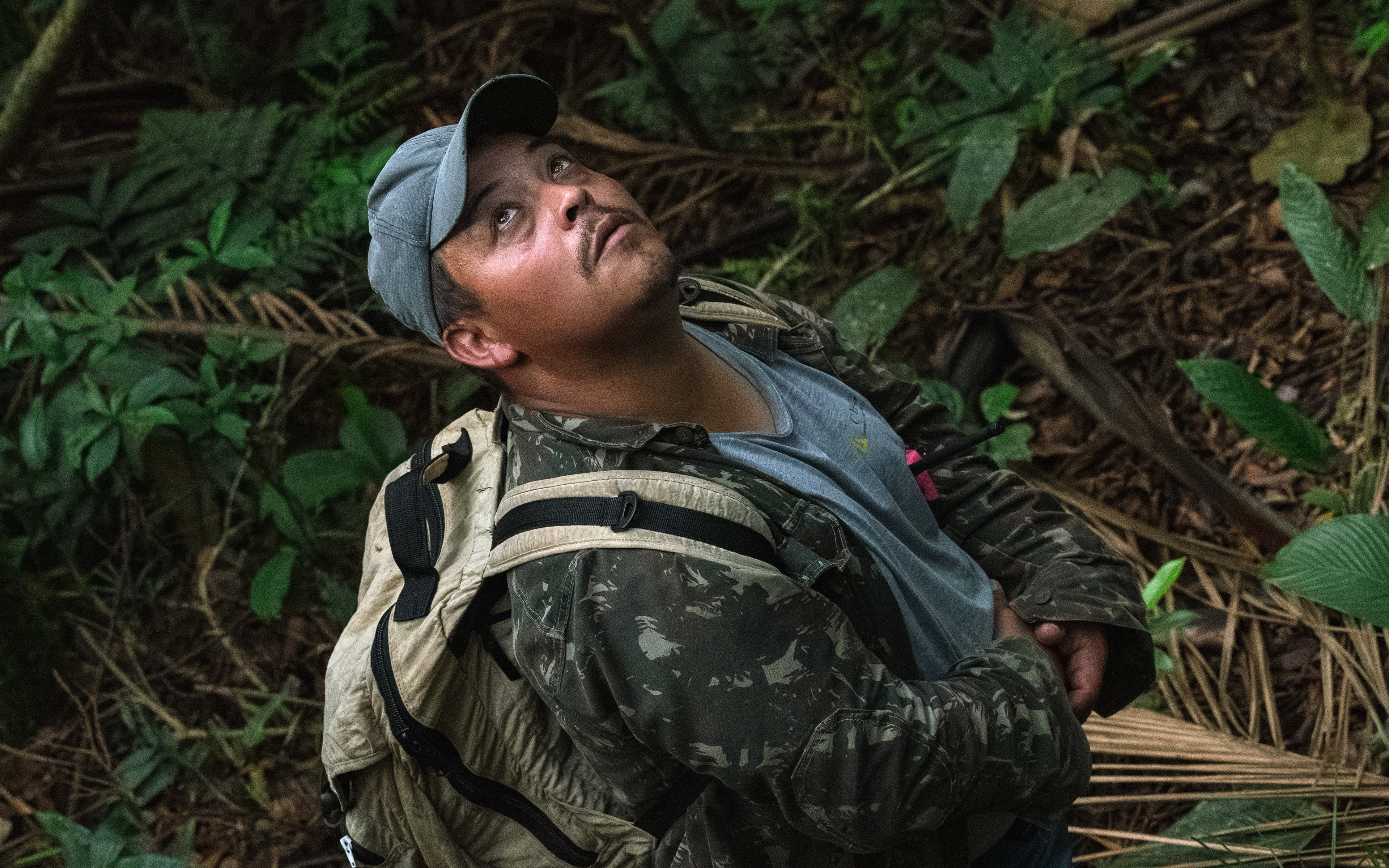
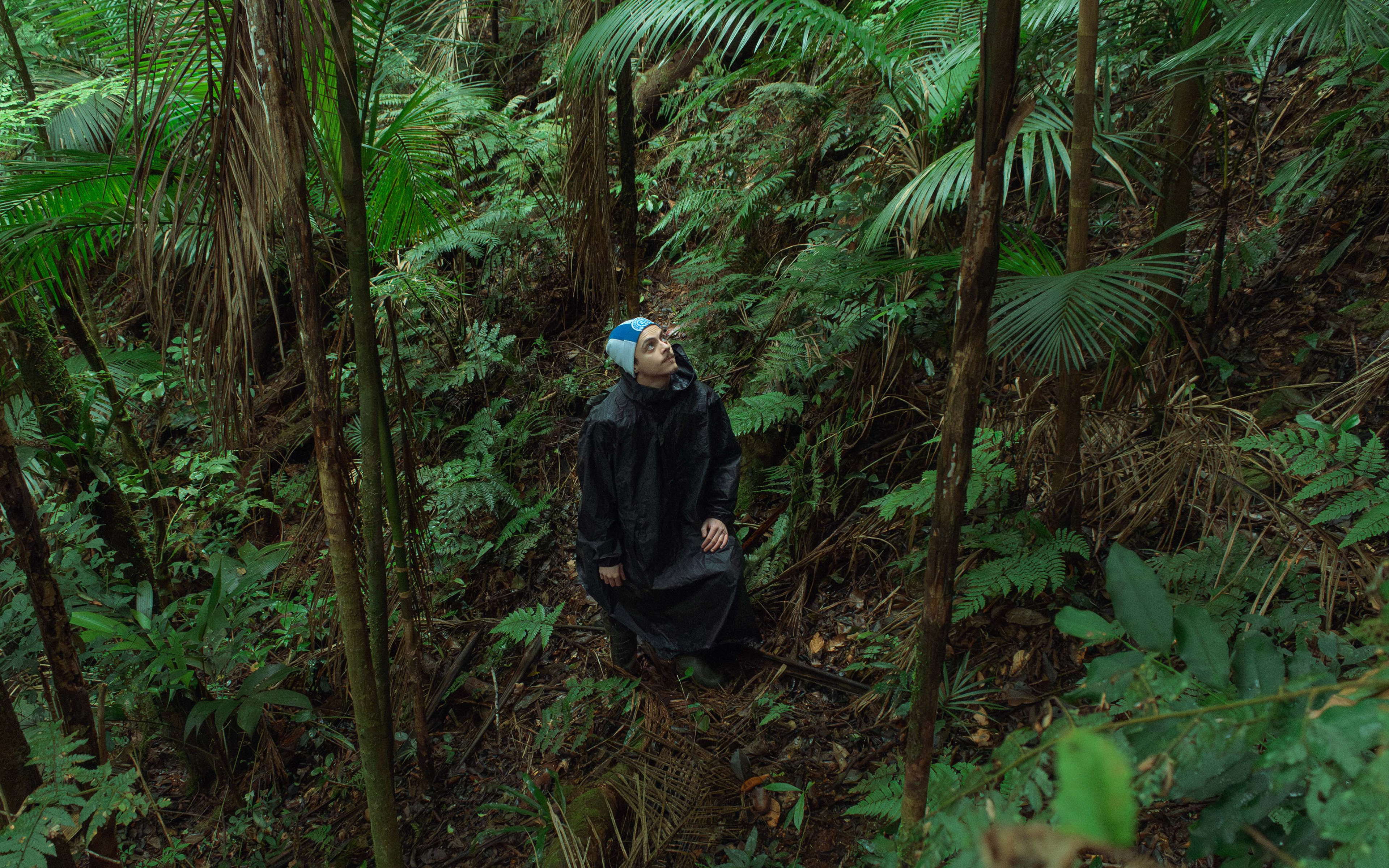

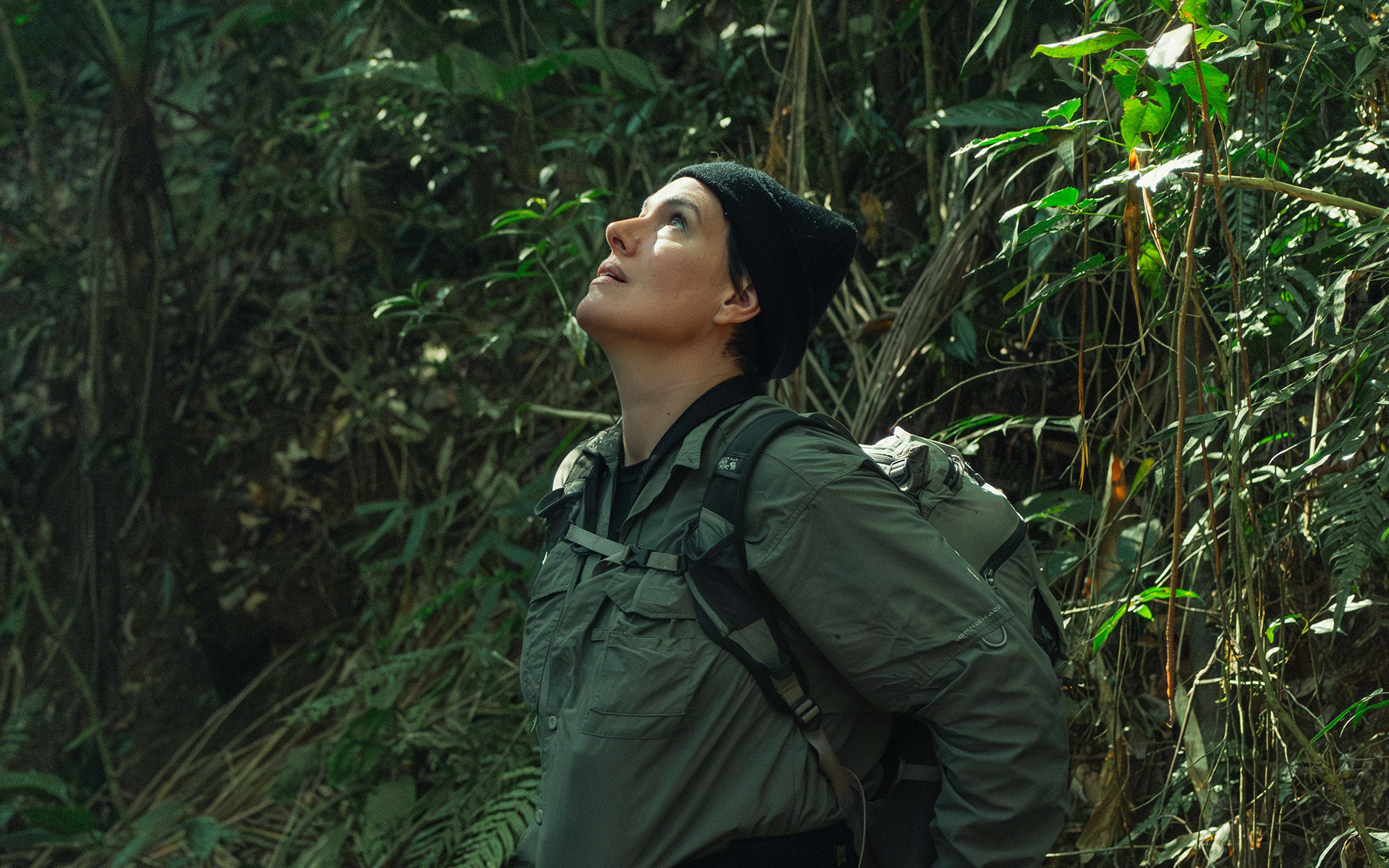
From left to right, top to bottom: 1) Michael R. Soares (monitor), 2) Guilherme Mugnaini, 3) Letícia Almeida, 4) Dominee Von Matter.
The result was a multimedia exhibition that combines photography and video to immerse the viewer in the life of the primates. Each species features a video projection in which various behaviors can be observed, such as play, feeding, resting, and movement. Additionally, the exhibition includes 30 photographs that capture the primates in their natural habitat and the primatologists in the wild, printed on fabric and suspended on branch supports, recreating the experience of being in their habitat and offering a perspective as close as possible to the reality of being "behind a primate."
"Behind a Primate" is a traveling project that is exhibited in various galleries and countries, bringing a deep look at biodiversity and the life of primates in their natural habitat to new audiences. It also seeks to continuously expand its reach, incorporating the documentation of new species in different ecosystems, without geographical restrictions, with the goal of generating a visual archive that contributes to the conservation and understanding of these animals.
Video tour of the Behind a Primate exhibition at Espacio Patiño, La Paz.
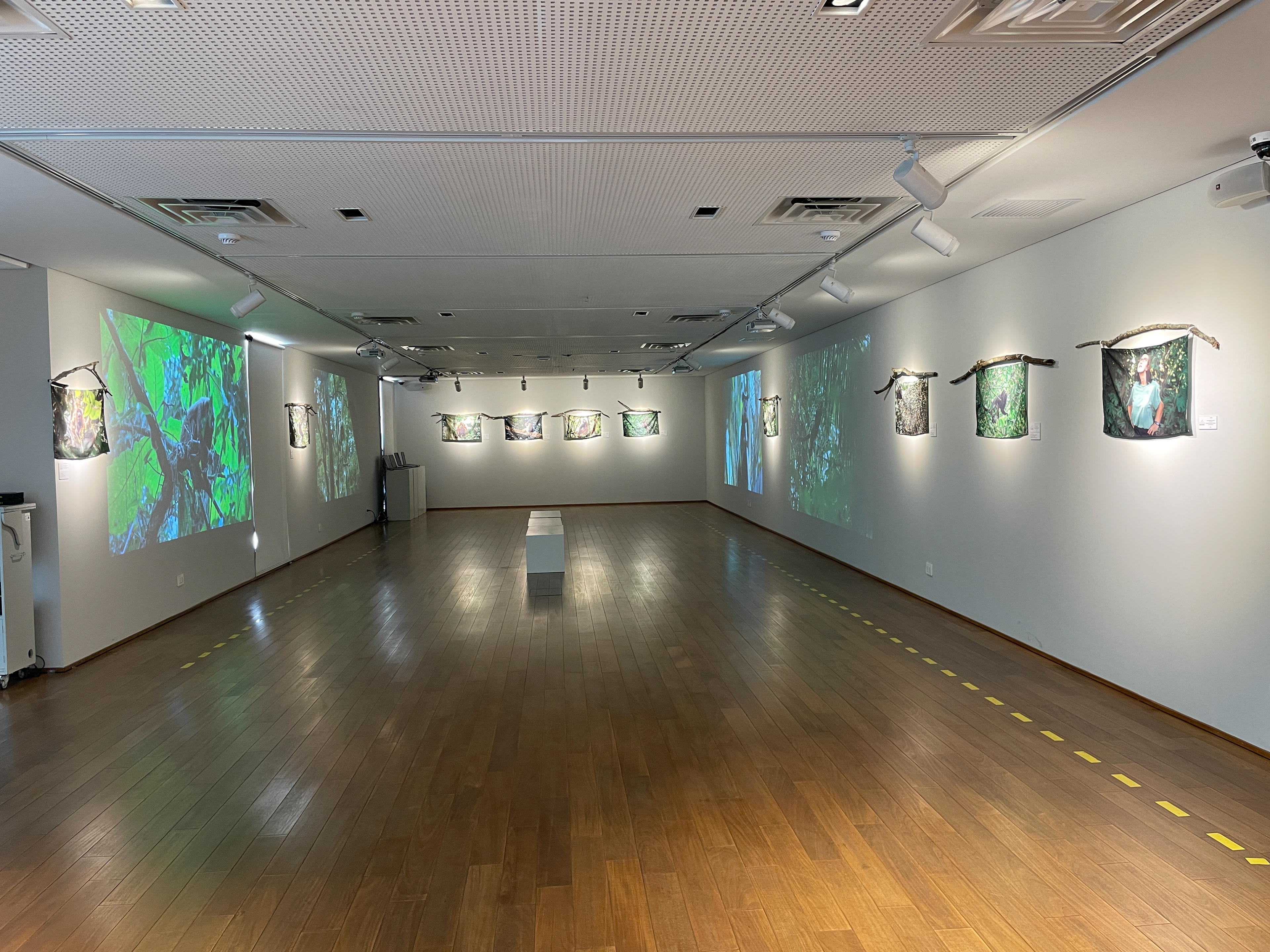
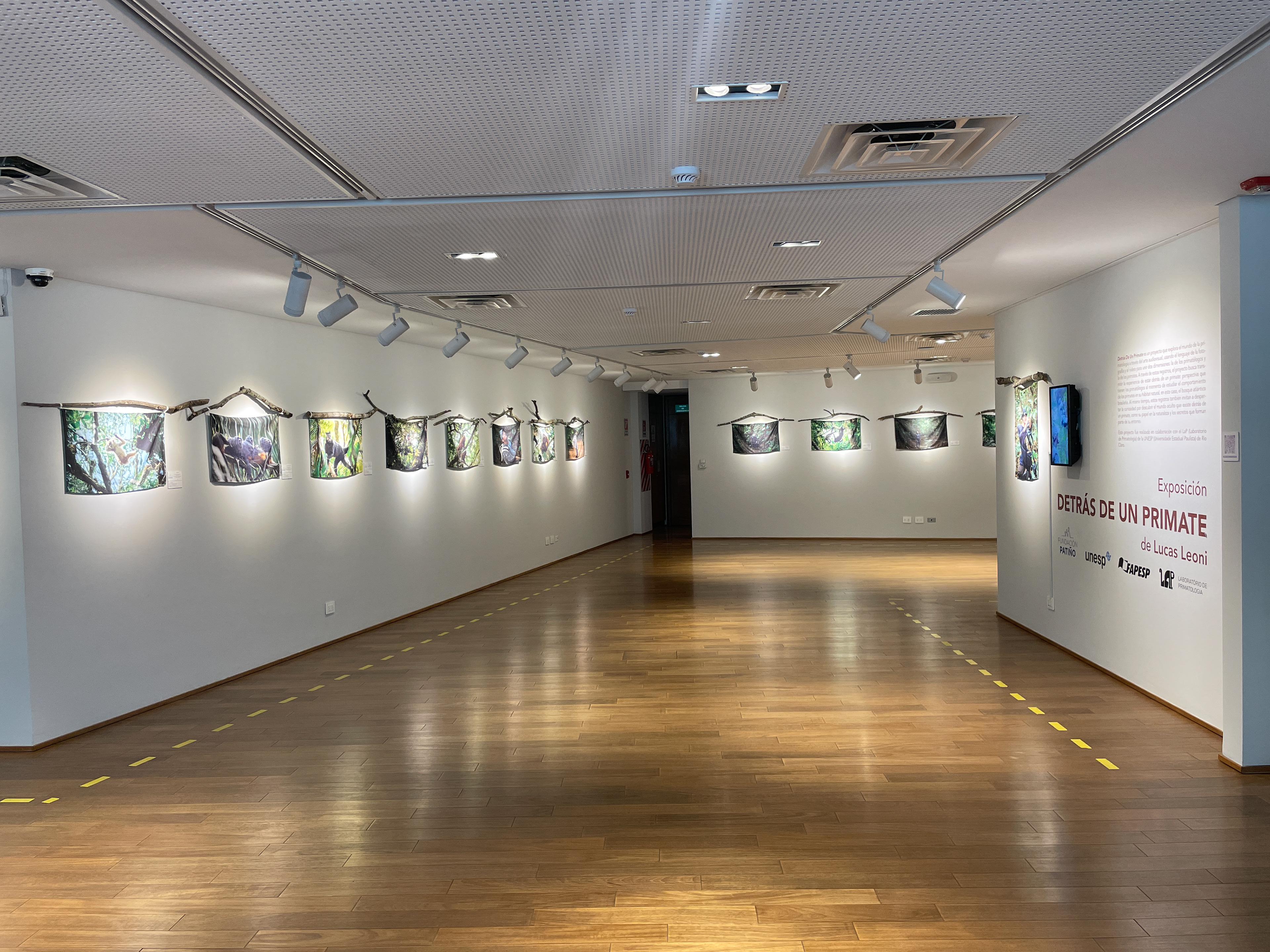
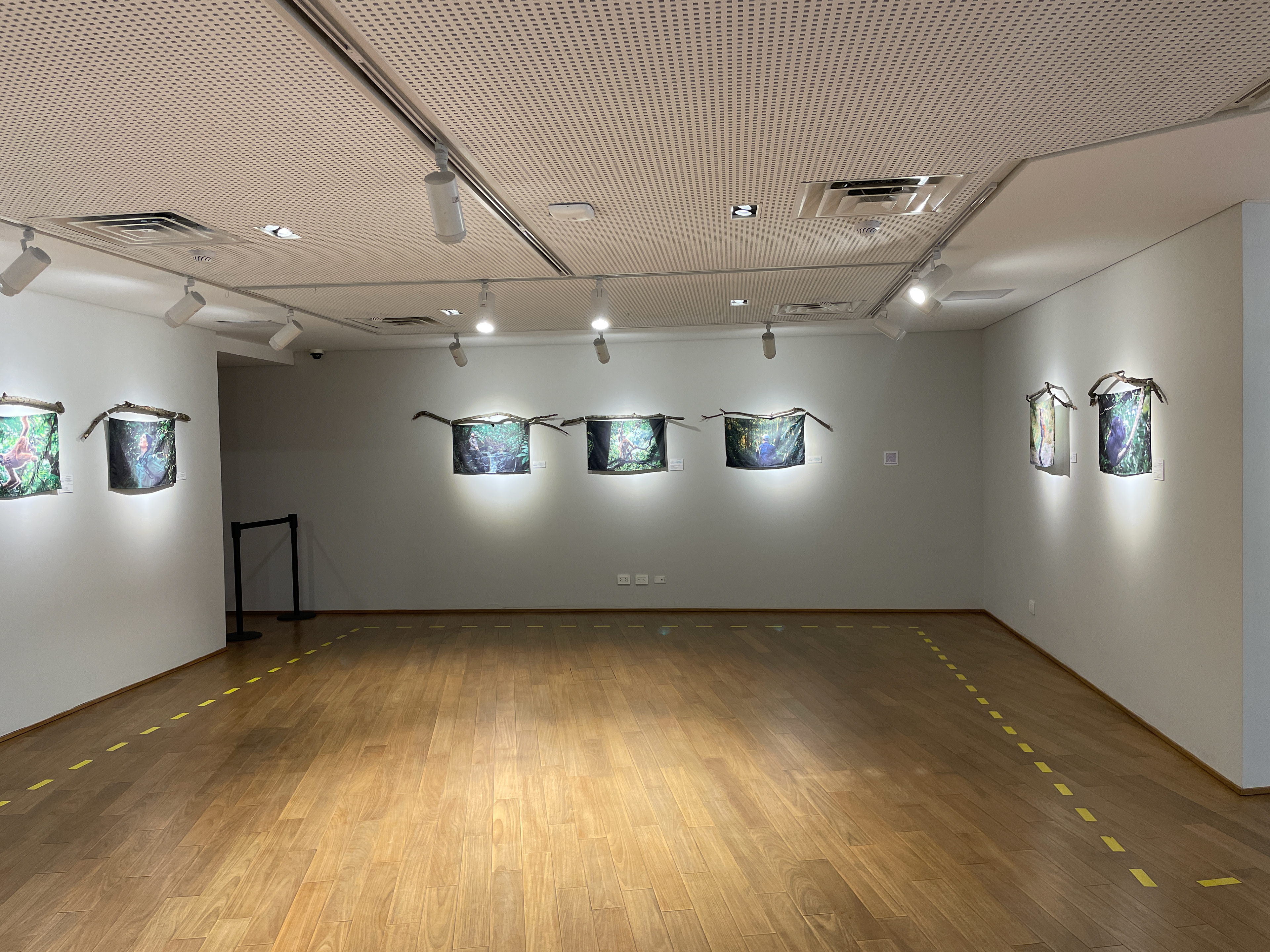
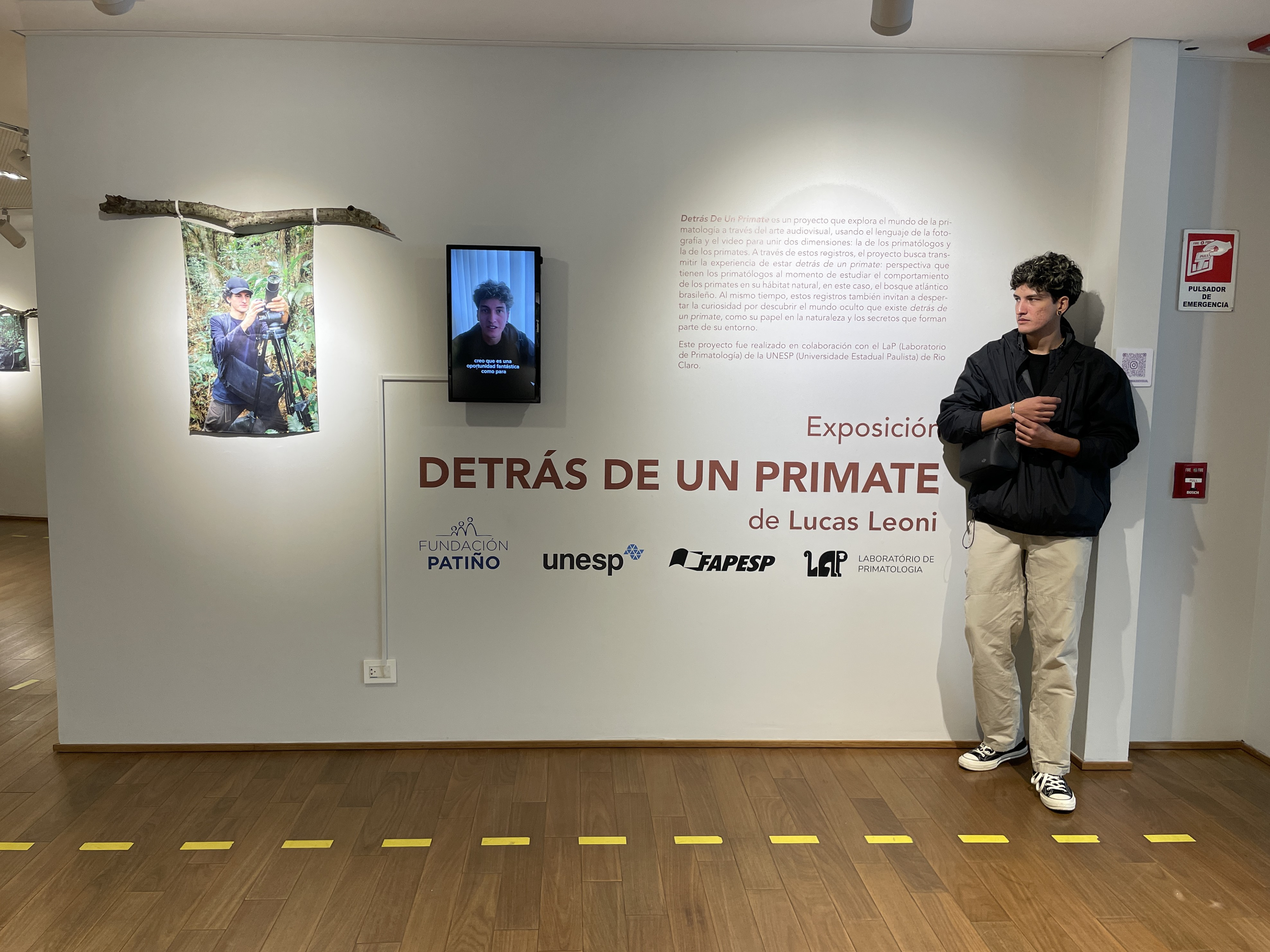
Photos of the exhibition spaces of Behind a Primate at Espacio Patiño, La Paz.
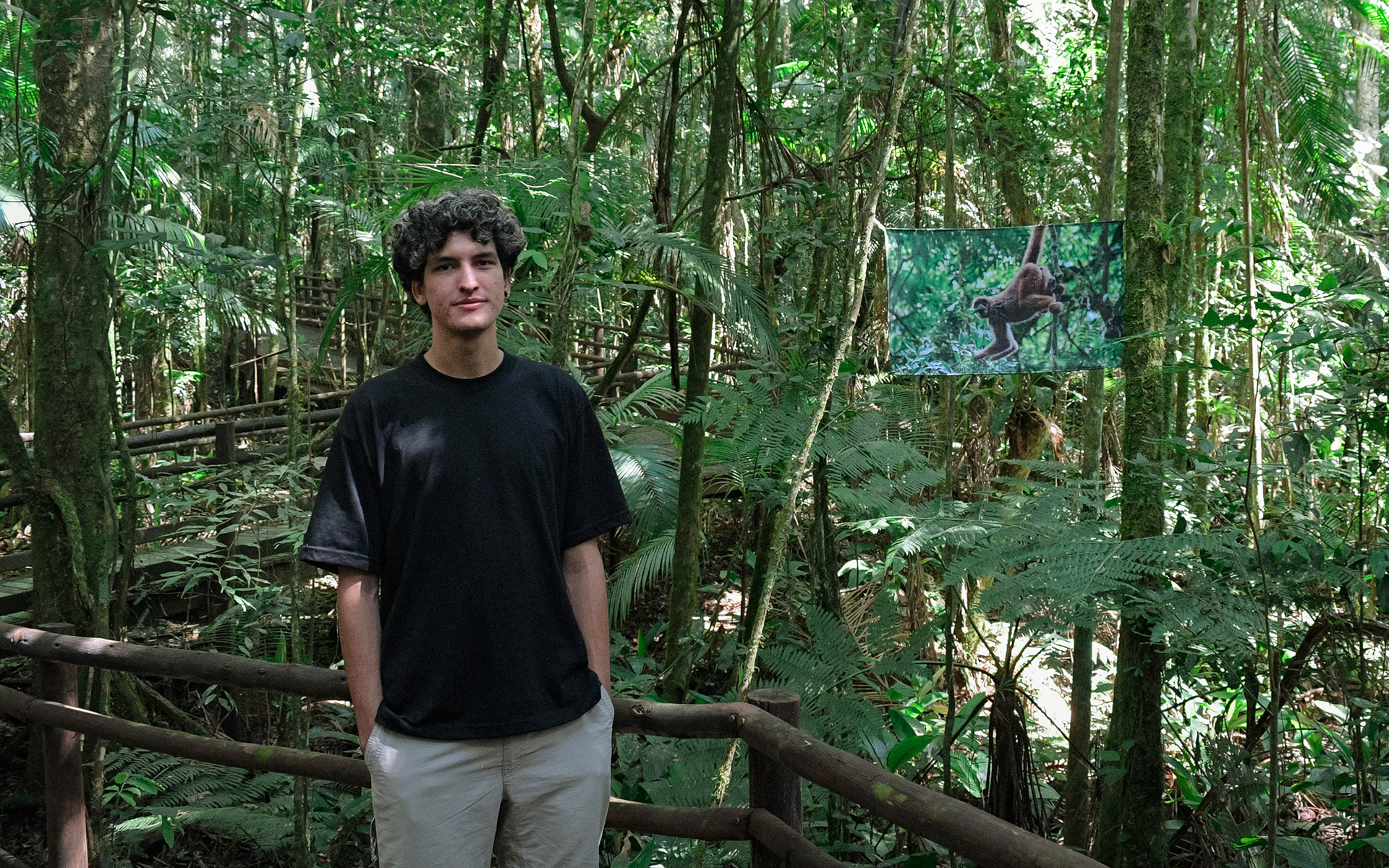
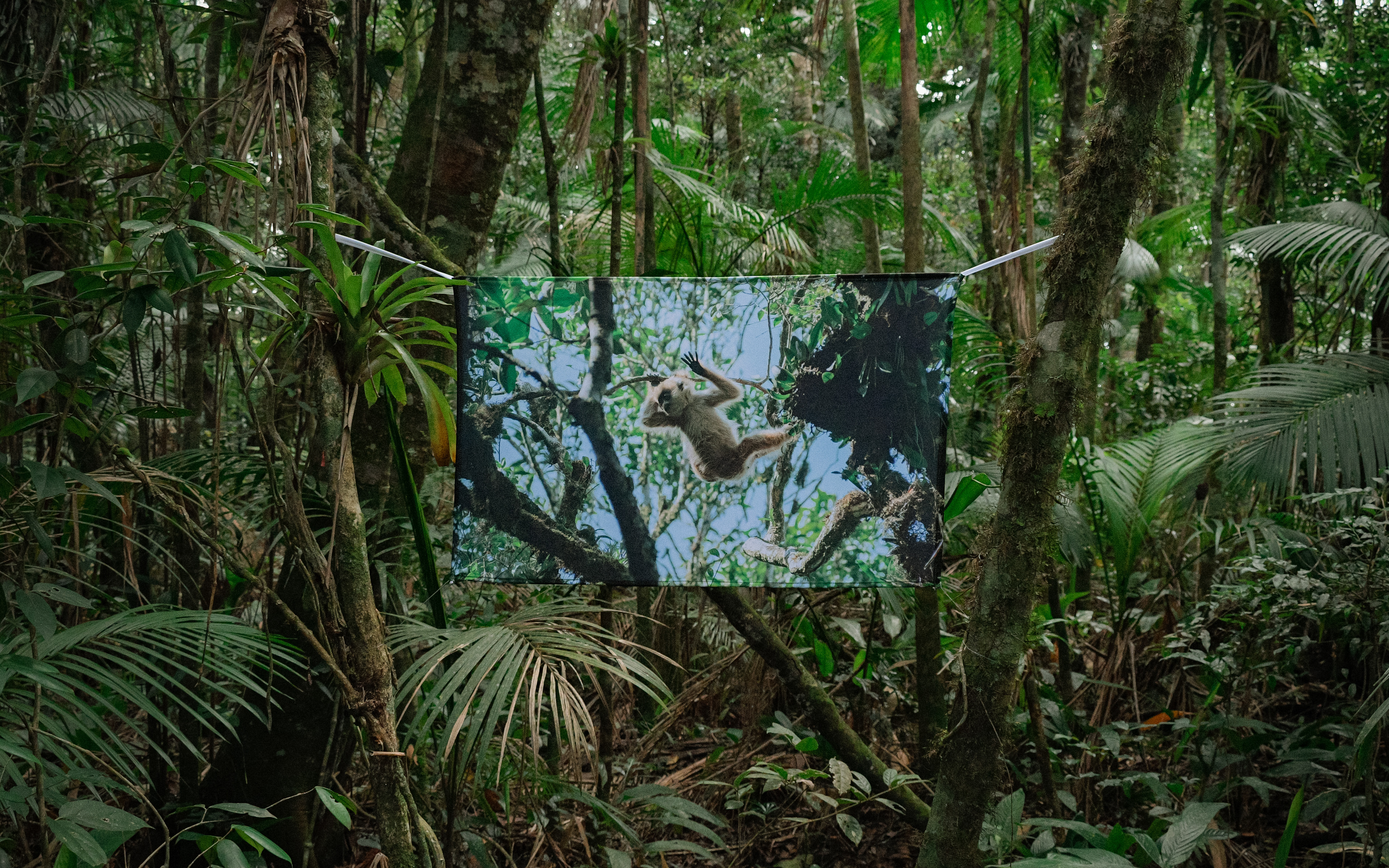
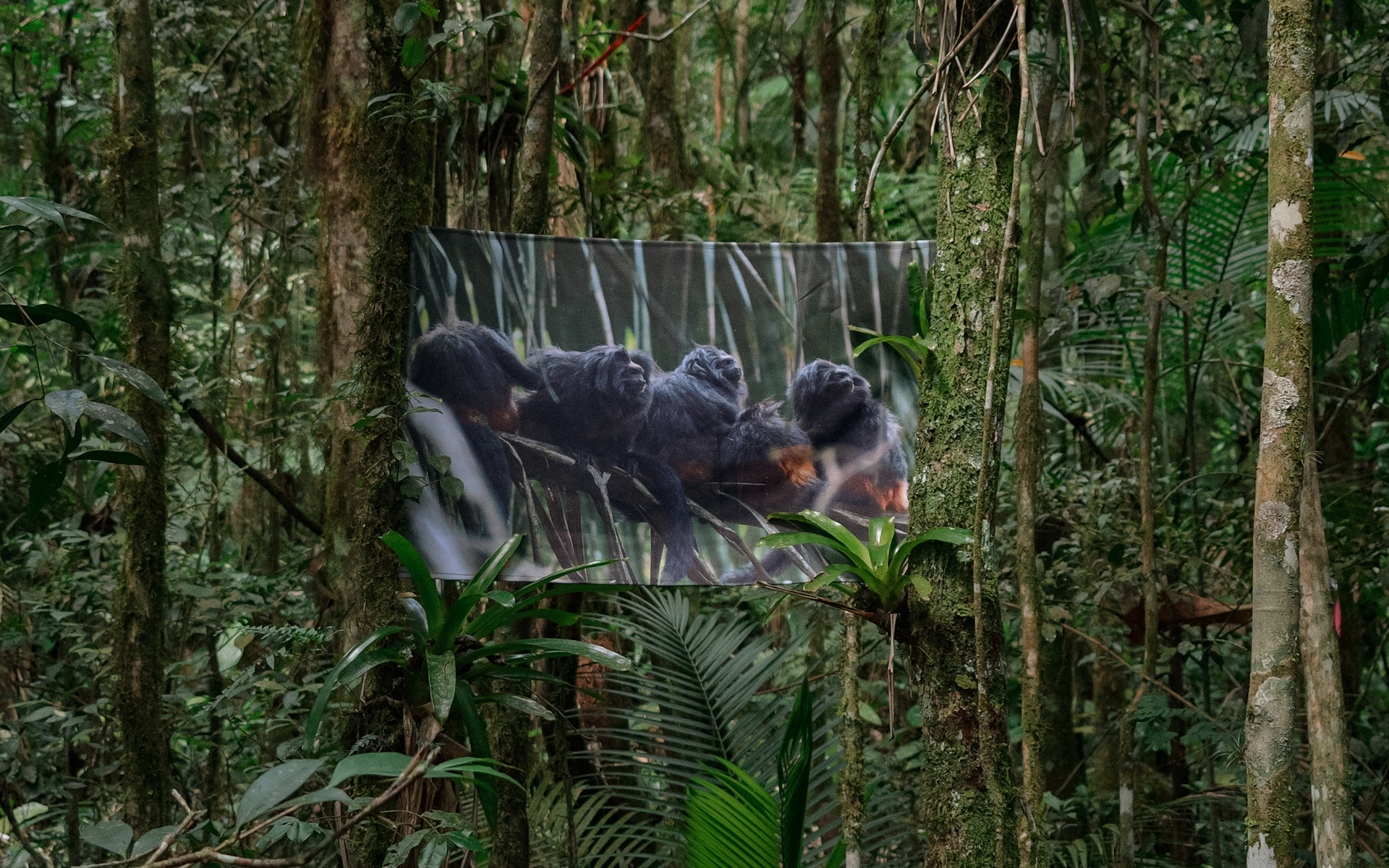
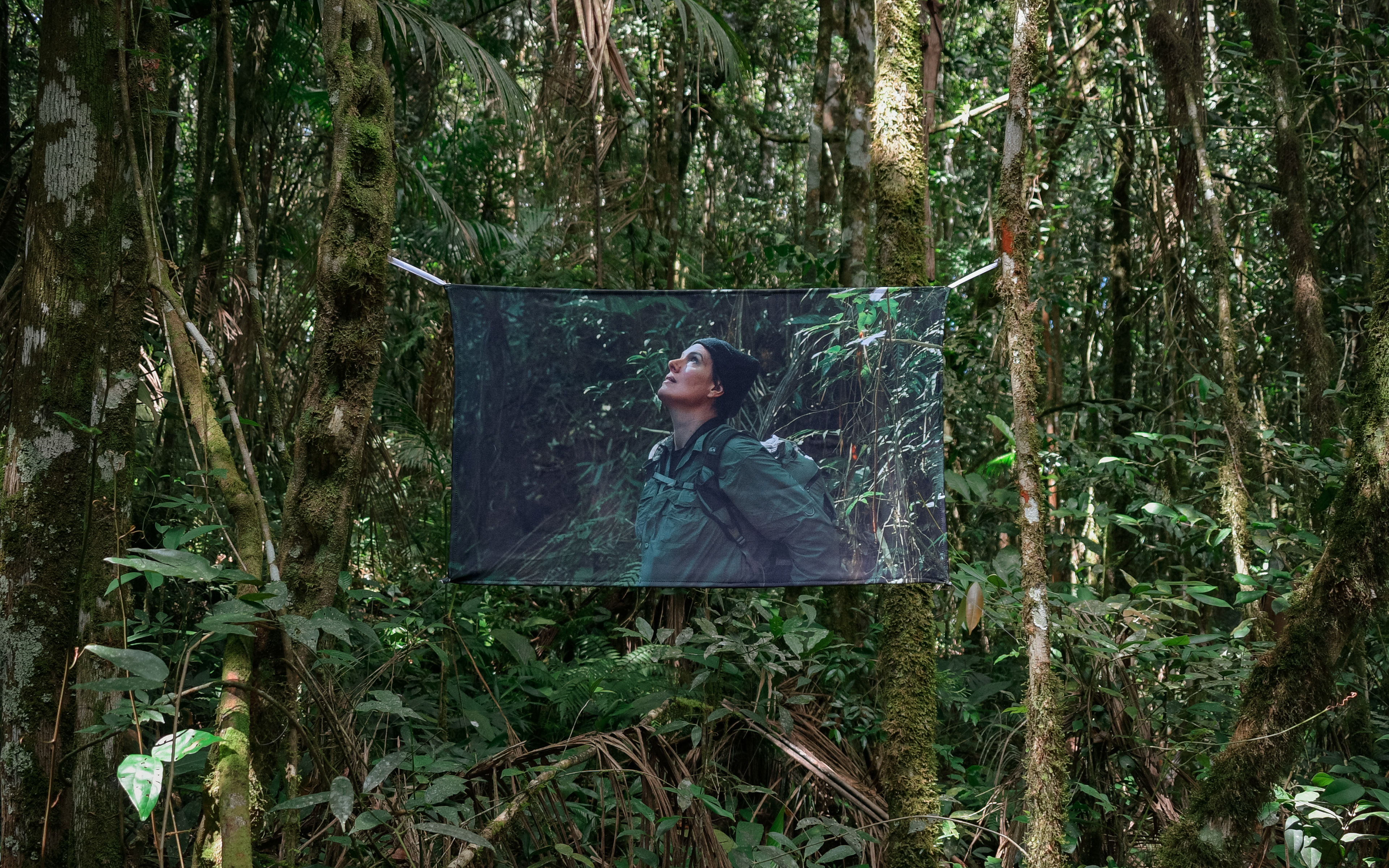
Photos of the exhibition of Behind a Primate at Parque Estadual Carlos Botelho, São Paulo.
With the support of:




